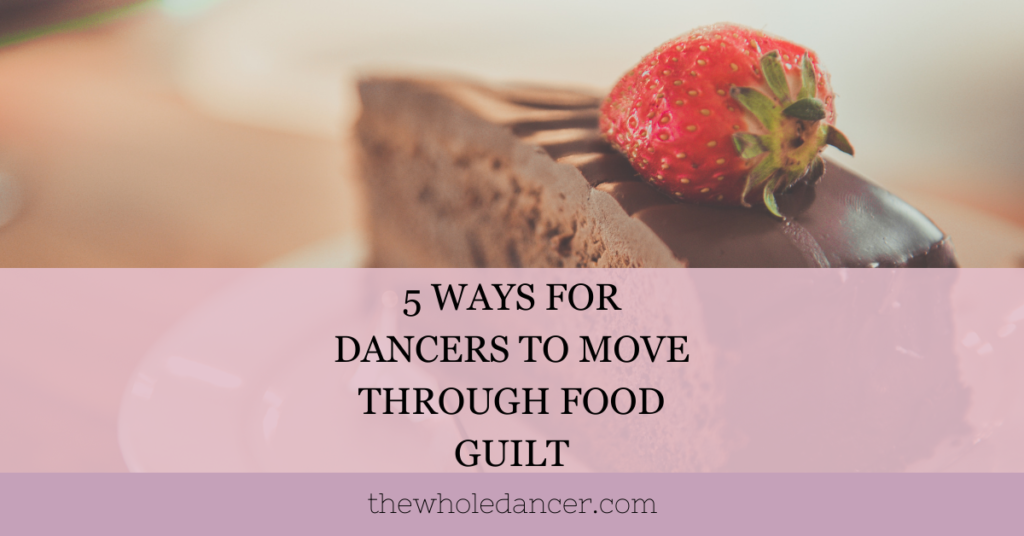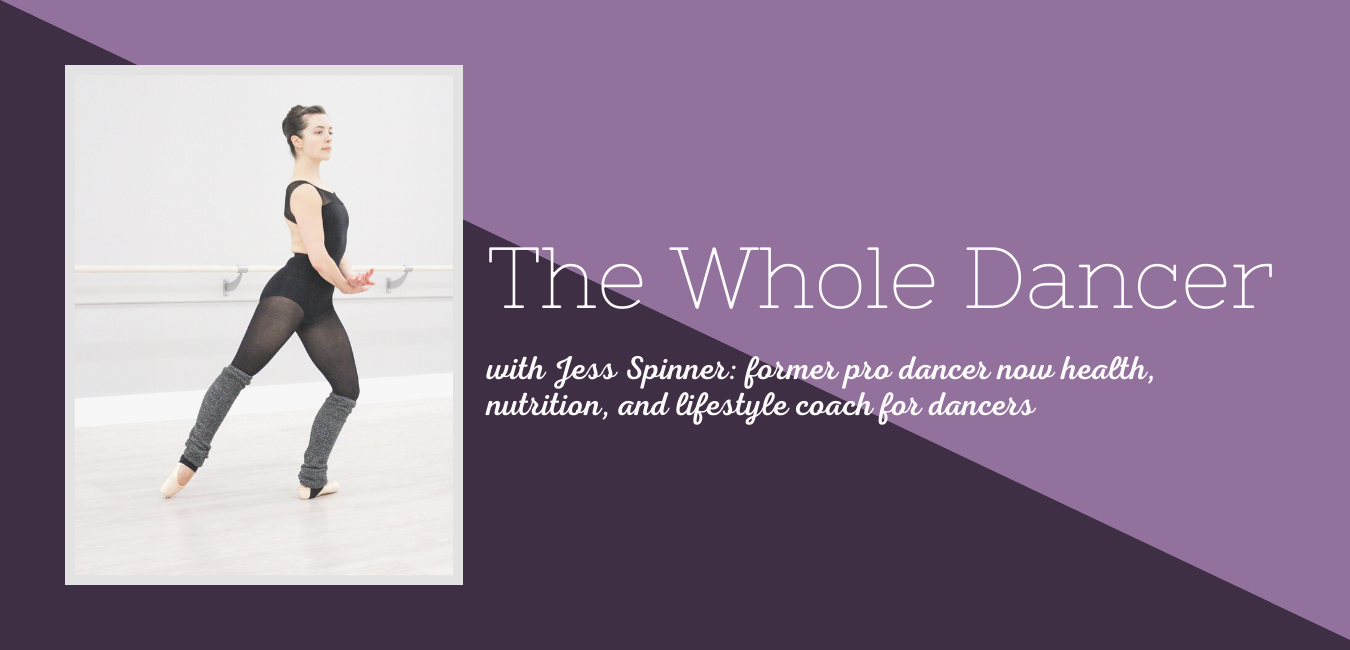Moral labeling of food is everywhere. When food is categorized as “good” or “bad” or even “healthy” vs. “unhealthy,” we view it in a way that can induce food guilt. Your food story started when you were quite young and your parents’ approach to food likely ingrained in you a specific view of the different food options out there.
One study showed that nearly a third of all the food Americans eat makes them feel guilty. You also spend approximately 20 minutes five times a week with that guilt. That time feeling guilty can really add up.
Food guilt doesn’t have to be part of your food relationship.
It’s very normal to feel guilty about food choices. People say all the time that they were “bad” for eating certain things, which implies an expectation of guilt. There’s no food choice you could make that means you’re bad. You’re doing your best in any given situation.
You should expect that environmental situations or stressors will have an impact on your food choices. And it’s normal that emotions will come into play at times. Food situations outside of your control are part of life. When you’re able to accept this ebb and flow, you’ll be better able to release the guilt when it shows up. When your eating plan is balanced, that allows for a variety of different foods in your eating plan. It also allows for food experiences that prioritize celebration, culture, and tradition.

5 ways to begin to work through food guilt:
- Acknowledge and stay curious about when food guilt comes up for you.
Awareness is so key. Building awareness around the habitual experiences you have with food and your body is a big part of the work I do with dancers in one-on-one coaching. The awareness and curiosity is part of what can help you undo those food habits when necessary.
It’s possible you made an impulsive decision and then passed judgment on it after. In that situation, it might not be that the food was so bad but it wasn’t exactly what or when you planned or expected to eat.
Whenever the feelings of guilt come up, just acknowledge them. Then, get curious. Before you get into a guilt-shame spiral, ask: “Why do I feel guilty about eating this?”
- Ask yourself why eating that certain food makes you feel guilty.
The guilt could stem from childhood experiences or your family’s approach to food. Or, it could come from societal pressure or diet-driven messages in the media or on social media. Once you identify where the guilt is coming from, you’ll be able to start letting go of or delete or unfollow those influences.
If family or friends have something to do with the guilt you experience around food, you might have to initiate some challenging but very honest conversations around it. If you’re not ready for that, you might work to tune out those influences when they’re talking about food or dieting. You might need to just walk away or change the subject.
- Think about the value of the foods that induce guilt.
A lot of the time the foods that make us feel guilty have been labeled as “junk” or “bad.” This is naturally going to lead to guilt. In order to shift the way you experience those foods, you have to change the value you attribute to them. What’s “good” about those foods?
Here are some examples:
- Chocolate cake: tastes great, makes me feel happy
- Gingerbread: reminds me of Christmas at my grandma’s house
- French fries: delicious and make me think of McDonald’s trips with my family as a kid
- Slow down and consider your food relationship.
This can be quite hard as dancers because you have busy schedules. So often your meal and snack breaks are short and limited. There will be times when you have to eat more quickly in order to fuel your body adequately. When you do have more space and time to be intentional and eat slowly, practice that skill.
Beyond a more mindful approach to food, embrace the fact that you have the power to change the way you view yourself and your life. It might take some intentional rewrites in order to accomplish a big shift. To rewrite your body story, start here. If you’re ready to rewrite the story of certain foods and food experiences, craft a vision for your relationship to food.
Create intentional experiences with the foods you experience guilt with. Plan to get ice cream with friends and set the intention of having fun. Bake some brownies with your mom and set the intention of having a carefree experience.
- Decide what “balance” with guilt-inducing foods can look like for you.
Are you someone who enjoys something sweet every night after dinner? Do you love chocolate or ice cream? Those preferences don’t mean something is wrong with you or you lack self-control. They’re worth honoring and asking yourself, “What’s a balanced approach to these desires?”
You might want a scoop of ice cream every night or you might prefer a trip to the ice cream shop for a hot fudge sundae on the weekend. Your preferences and balance can also shift from week to week. Just start to lean into it so you can discover what’s balanced for you.
It is a process to cultivate a more balanced relationship with food, but it is possible. Working through food guilt is a key part of that process because very often, on the other side of food guilt is restriction or attempts at dieting.
Want some support to start working through food guilt and finding a more easygoing approach to food and your body for dance? Let’s have a chat! Set up your complimentary coaching call here.
